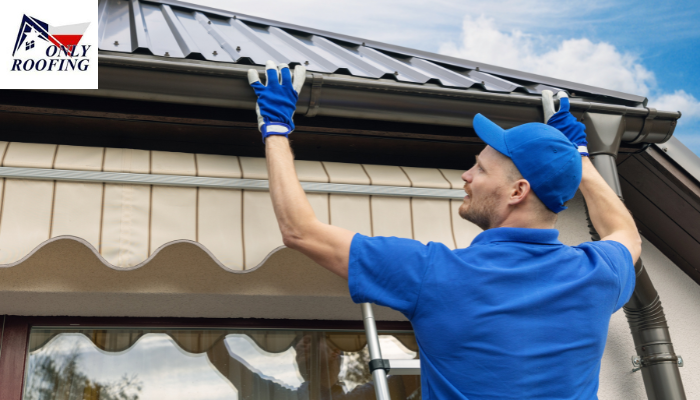Roof Replacement

Strong 8k brings an ultra-HD IPTV experience to your living room and your pocket.
Your roof is the unsung hero of your home, diligently protecting you and your belongings from the elements. But like all good things, roofs don't last forever. Eventually, the wear and tear of weather, age, and unforeseen damage will necessitate a roof replacement. Understanding the process, recognizing the signs, and making informed decisions are crucial for a smooth and successful project.
Recognizing the Need for a New Roof
Ignoring a failing roof can lead to significant and costly problems down the line, including leaks, structural damage, mold growth, and decreased energy efficiency. Being proactive and identifying the warning signs early can save you considerable stress and expense.
Obvious Signs of Roof Failure
Some indicators are unmistakable. Visible leaks inside your home, especially after rainfall, are a clear red flag. Sagging or bowing roof decks are serious structural concerns that require immediate attention. Missing, cracked, curled, or buckled shingles are also telltale signs that your roof's protective layer is compromised.
Subtle Clues Your Roof Needs Attention
Sometimes, the signs are less obvious. Granule loss from asphalt shingles, often visible in your gutters, indicates that the shingles are losing their protective coating. Moss or algae growth can retain moisture and damage the roof surface. Increased energy bills might suggest poor insulation or ventilation issues stemming from a deteriorating roof. Even an old roof, typically beyond the 20-25 year mark for standard asphalt shingles, should be inspected for potential replacement.
The Roof Replacement Process: What to Expect
Replacing a roof is a significant undertaking, but understanding the steps involved can make the process less daunting.
Initial Consultation and Estimate
The first step is to contact reputable roofing contractors for consultations and estimates. They will assess your roof's condition, discuss your options, and provide a detailed breakdown of the costs involved. Be sure to get multiple quotes to compare pricing and services.
Material Selection
Choosing the right roofing materials is crucial for longevity and aesthetics. Common options include asphalt shingles (the most popular and affordable), metal roofing (durable and energy-efficient), tile roofing (long-lasting and aesthetically pleasing), and wood shakes or shingles (natural but require more maintenance). Your contractor can help you weigh the pros and cons of each material based on your budget, climate, and desired look.
Roof Removal
Once you've selected a contractor and materials, the old roof will be carefully removed. This involves stripping away the existing shingles, underlayment, and any damaged decking. Proper disposal of the old materials is also part of this stage.
Decking Inspection and Repair
With the old roof removed, the underlying roof deck is exposed. This is the plywood or OSB sheathing that provides a solid base for the new roof. Your contractor will inspect it for any damage, rot, or weakness and make necessary repairs or replacements.
Installation of Underlayment and Protective Layers
A crucial step in ensuring a watertight roof is the installation of underlayment, a water-resistant barrier applied directly to the roof deck. Depending on the material and local codes, other protective layers like ice and water shields may be installed in vulnerable areas.
Installation of the New Roofing Material
The chosen roofing material is then installed according to the manufacturer's specifications. This includes precise placement and secure fastening of shingles, tiles, or metal panels. Proper ventilation is also addressed during this stage, ensuring airflow to prevent moisture buildup and prolong the roof's lifespan.
Cleanup and Inspection
Once the new roof is installed, the contractor will thoroughly clean up the job site, removing all debris and ensuring your property is left tidy. A final inspection is conducted to ensure the roof is installed correctly and meets all quality standards.
Investing in Your Home's Future
A roof replacement is a significant investment in your home's long-term health, safety, and value. While the upfront cost may seem substantial, a new roof provides crucial protection, enhances curb appeal, and can even improve energy efficiency. By understanding the process and choosing a reputable contractor, you can ensure a successful roof replacement that will safeguard your home for years to come.
Conclusion
Ignoring a failing roof is a gamble with potentially serious consequences. Recognizing the signs, understanding the replacement process, and investing in quality materials and workmanship are essential steps in protecting your most valuable asset. A new roof not only provides peace of mind but also adds value and security to your home for decades to come. Don't wait until disaster strikes; be proactive and ensure your home is topped with a reliable and resilient roof.
Note: IndiBlogHub features both user-submitted and editorial content. We do not verify third-party contributions. Read our Disclaimer and Privacy Policyfor details.




